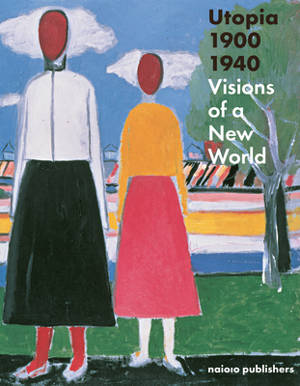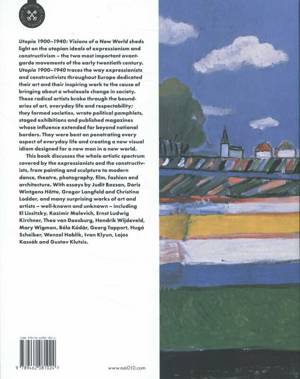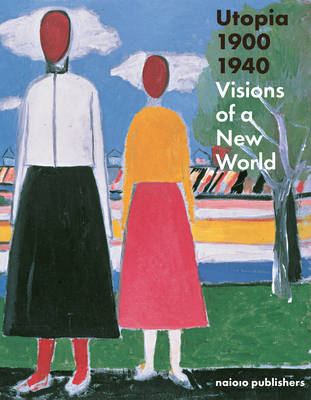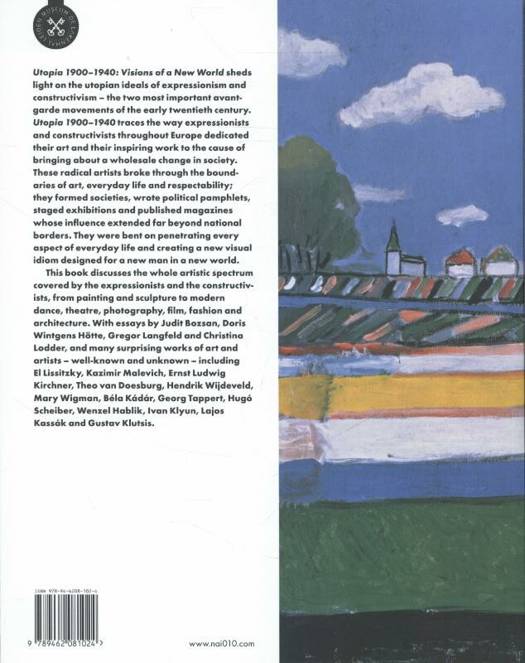
- Afhalen na 1 uur in een winkel met voorraad
- Gratis thuislevering in België vanaf € 30
- Ruim aanbod met 7 miljoen producten
- Afhalen na 1 uur in een winkel met voorraad
- Gratis thuislevering in België vanaf € 30
- Ruim aanbod met 7 miljoen producten
Zoeken


Utopia 1900-1940
Visions of a New World
Judit Bozsan, Gregor Langfeld, Christina Lodder
Paperback | Engels
€ 62,45
+ 124 punten
Omschrijving
At the beginning of the twentieth century, two avant-garde movements emerged that sought to change the world: Expressionism and Constructivism. Utopia 1900-1940 documents the two schools and the work they produced. The leaders of these movements--Franz Marc, Ernst Ludwig Kirchner, El Lissitzky, Vladimir Tatlin, Theo van Doesburg and others--believed they were standing at the threshold of a new era, and they sought to shape its reality in a radical way. Together they forged the utopian ideal of A New Man in a New Society--a total concept that encompassed art, design and architecture, from paintings to skyscrapers. And yet, philosophically and aesthetically, the two movements were diametrically opposed. For the Expressionists, individual freedom was paramount; for the Constructivists, the individual was part of a larger whole. This amply illustrated volume explores the philosophical, aesthetical and political currents that informed these movements, and the tensions between them.
Specificaties
Betrokkenen
- Auteur(s):
- Uitgeverij:
Inhoud
- Aantal bladzijden:
- 134
- Taal:
- Engels
Eigenschappen
- Productcode (EAN):
- 9789462081024
- Verschijningsdatum:
- 30/04/2014
- Uitvoering:
- Paperback
- Formaat:
- Trade paperback (VS)
- Afmetingen:
- 208 mm x 267 mm
- Gewicht:
- 716 g

Alleen bij Standaard Boekhandel
+ 124 punten op je klantenkaart van Standaard Boekhandel
Beoordelingen
We publiceren alleen reviews die voldoen aan de voorwaarden voor reviews. Bekijk onze voorwaarden voor reviews.









